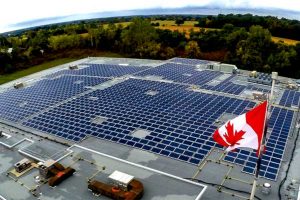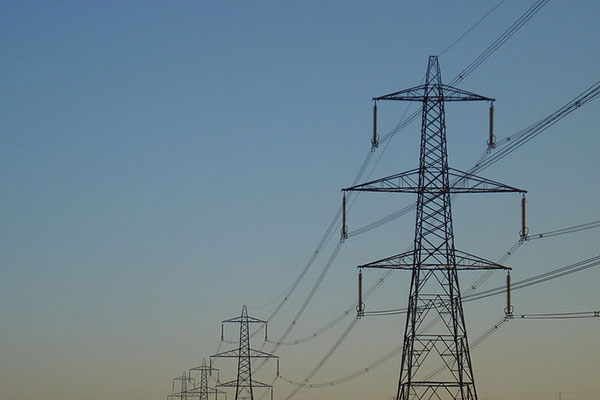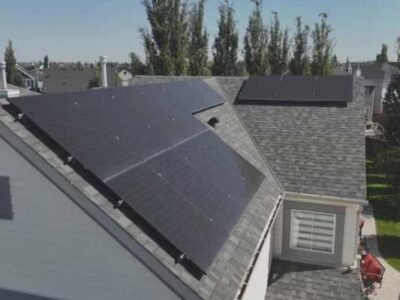- Ontario Regulation 101/25 enables Class A customers to reduce Global Adjustment charges by purchasing electricity from offsite renewable generators via eligible purchase agreements.
- The regulation supports wind, solar, hydro, biomass, and geothermal generation and introduces siting restrictions for new projects on prime agricultural land.
- This marks a significant policy shift, aligning Ontario with jurisdictions that have embraced corporate PPAs as a tool for decarbonization.
Buried in a dense regulatory filing earlier this month, Ontario made one of its most significant moves in energy market reform since the closure of its Feed-In Tariff program. As of July 1, 2025, Ontario Regulation 101/25 amends the Electricity Act 1998 to establish a legal framework enabling corporate power purchase agreements (PPAs) for offsite renewable energy—a move experts see as a soft launch of virtual net metering in all but name.
The regulation, filed on June 5, introduces the concept of “eligible purchase agreements” (section 10.13), allowing large electricity consumers—designated as Class A market participants—to enter into long-term contracts with renewable energy generators, even if the power isn’t consumed onsite. It’s a system that mirrors virtual power purchase agreement (PPA) structures popular in the U.S., unlocking a new path for corporate decarbonization and investment in renewable energy infrastructure.
Ontario’s new energy regulation introduces a market-driven pathway for corporate renewable energy deals—without requiring on-site generation.
What It Means
At its core, the new framework allows Class A customers to lower their Global Adjustment (GA) charges by purchasing “eligible electricity” from approved renewable generators (section 10.9). Electricity purchased must be injected directly into the IESO-controlled grid or a local distributor’s system and cannot be covered under any existing IESO contract or capacity auction.
For corporate buyers, this change effectively enables energy-cost hedging and environmental claims—without requiring the solar facility to be physically located on their premises. Developers, in turn, can now pursue new project financing models backed by corporate offtake, similar to those seen in U.S. states like Texas or jurisdictions like Australia.
Notably, electricity must be generated from wind, solar, hydro, biomass, or geothermal sources (section 10.12(3)), with new restrictions on siting over prime agricultural land, a nod to growing land-use concerns in rural municipalities.
Rising Role of Solar in Ontario

Rooftop Solar Panel Installation of 422 kW for Great Circle Solar in Ontario, Canada (AGT)
Ontario currently has over 2,600 MW of installed solar capacity, the majority of it behind-the-meter. While large-scale solar growth has lagged due to policy uncertainty and a lack of centralized procurement, the province’s long-term energy demand forecasts are climbing.
According to the IESO’s Annual Planning Outlook, electricity demand could rise over 40% by 2050, driven by electrification and population growth.
This new regulation could help unlock dormant utility-scale solar projects by introducing market certainty for offtakers. For developers who have been eyeing the corporate market—especially for rooftop or community-scale generation—this provides long-awaited regulatory clarity.
Market-Driven Path
By enabling corporate buyers to sign direct deals with renewable generators, Ontario is signaling its readiness to embrace a market-based model for decarbonization. While this is not labeled as “virtual net metering,” it functions similarly—and is arguably more robust.
In the broader context, Ontario is positioning itself to catch up to other North American jurisdictions that have long embraced virtual PPAs as a key decarbonization and economic strategy.
Our Insight
For years, Ontario’s clean energy developers have faced a regulatory stalemate. With this quiet shift, the province may finally be turning the page. As corporate Canada races to meet ESG targets and renewable developers hunt for revenue certainty, Ontario’s new rulebook could become a blueprint—if stakeholders seize the opportunity.












Comments